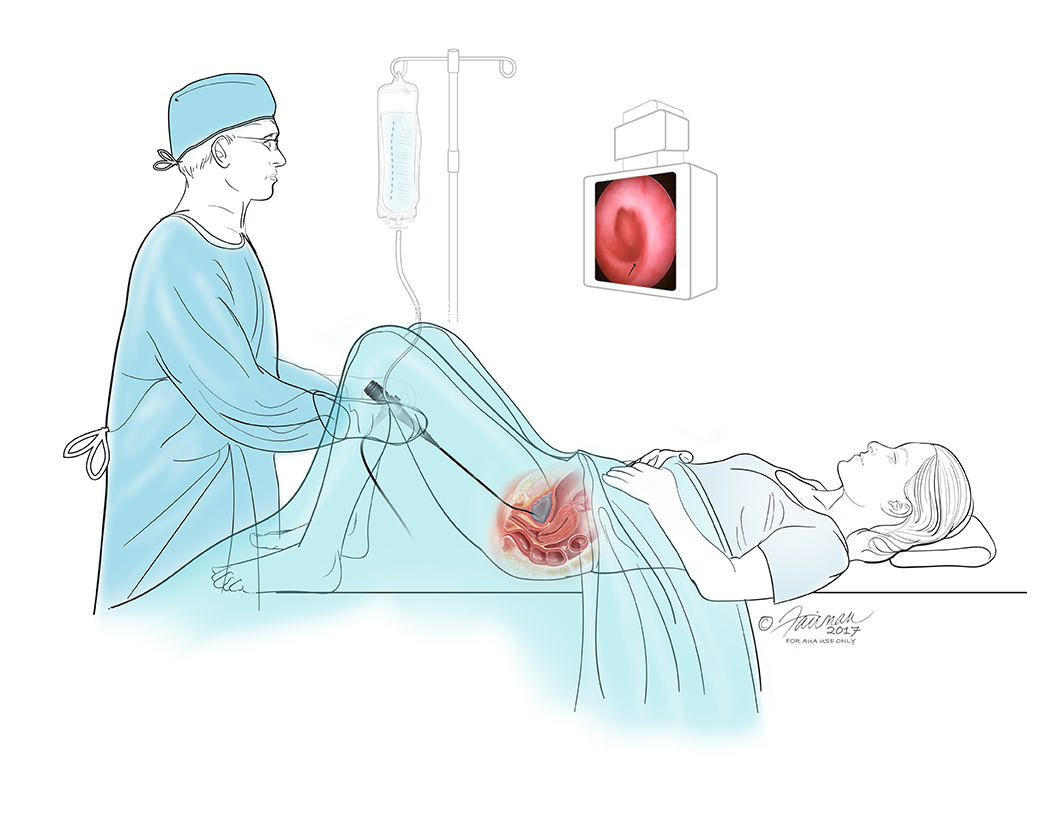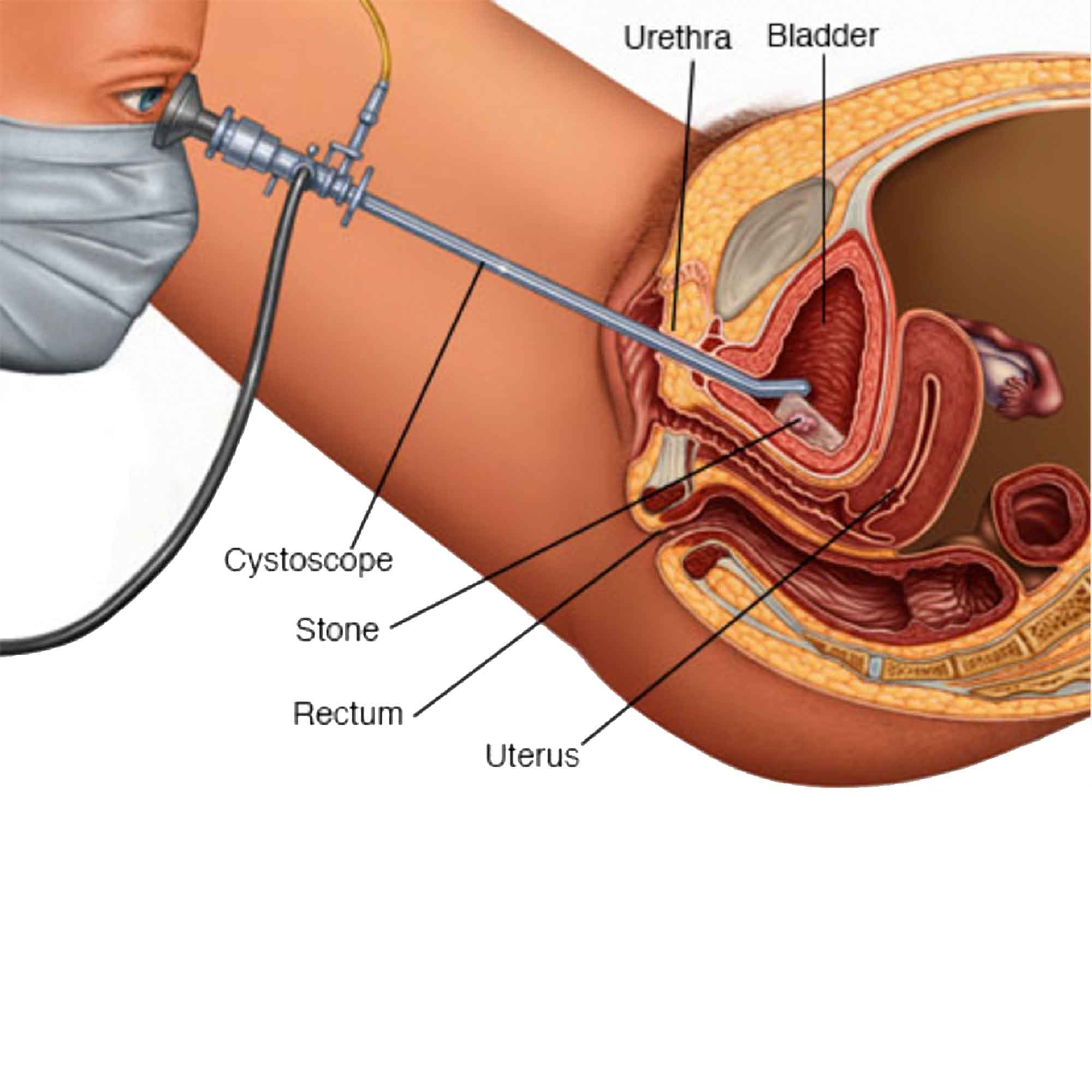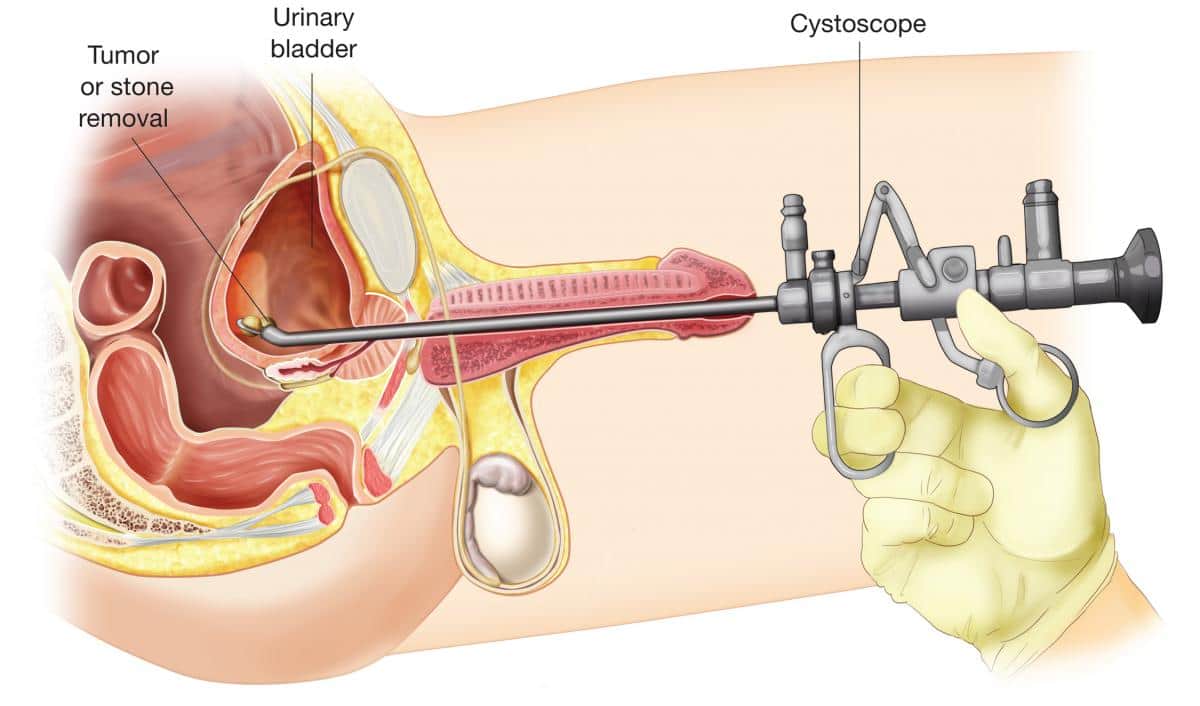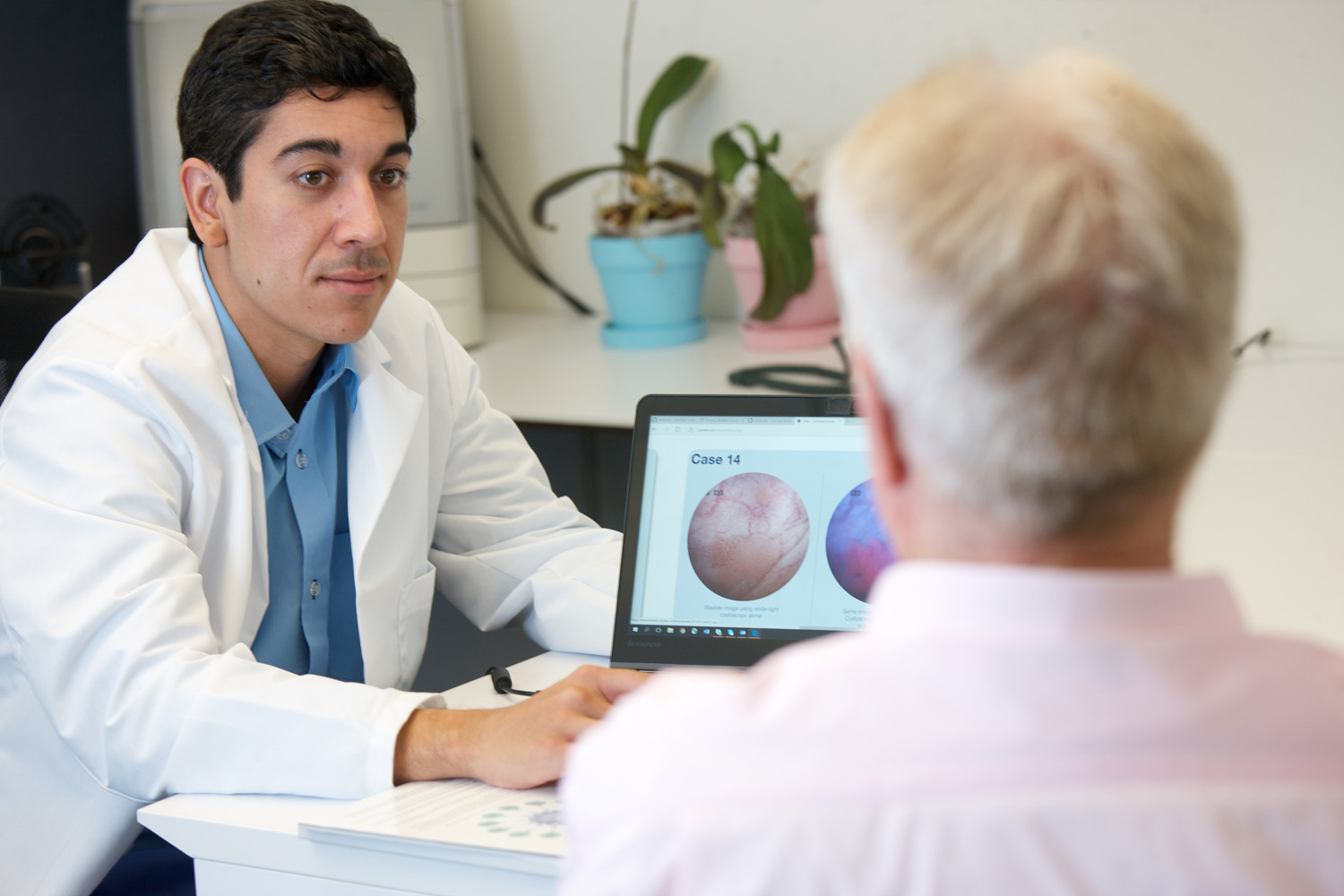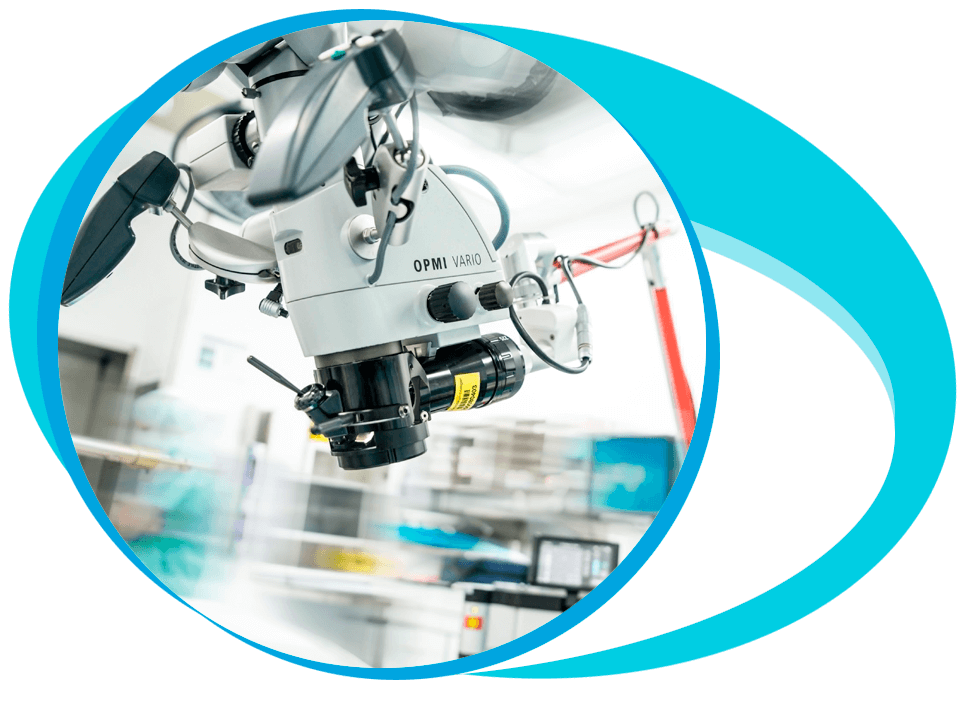Cystoscopy in Iran Details
What is Cystoscopy?
A diagnostic test of Cystoscopy is performed for looking directly within the urethra and bladder by using a light and thin instrument known as a Cystoscope.
The insertion of the Cystoscope is done inside the urethra and is then advanced into the bladder.
This Cystoscope helps in examining those areas that cannot be properly seen while performing X-rays.
Samples of urine or tissue are then removed by inserting surgical instruments through the Cystoscope.
While performing Cystoscopy, few small bladder stones and growths can be removed.
This procedure eliminates the requirement for more extensive surgery.
The Cystoscope is performed for both men and women. In men, the insertion of the tube is done inside the urethra from the opening at the end of the penis.
This helps in examining the entire length of the urethra and the bladder for prostate enlargement, tumors, or strictures.
Purpose of Using Cystoscope
- It is used for removing tissue samples for biopsy.
- The cause of symptoms that include painful urination, urinary hesitancy or frequency, blood in the urine (hematuria), overwhelming or sudden need to urinate (urgency), urinary incontinence or an inability to pass urine (retention).
- It is used for placing a catheter in the ureter for retrograde pyelography (x-ray test). The injection of the dye is done through the catheter to outline and fill the ureter and also into the kidney.
- It removes foreign objects.
- The cause of the problems of the urinary tract that include repeated or frequent urinary tract infections that do not react to any treatment.
- Cystoscopy helps in evaluating different problems that cannot be detected during intravenous pyelography, X-ray or ultrasound such as tumors or kidney stones.
- It is also done for placing ureteral stents or catheters so that urine flows through the kidneys into the bladder.
- It also examines the problem inside the urinary tract like urethra blockage due to tumors, enlarged prostate or kidney stones.
- It helps in treating urinary tract problems such as bleeding in the bladder, removal of tumors or urinary tract stones and helps in relieving blockages in the urethra.
Types of Cystoscope
A Cystoscope is categorized into two different types, including:
- Rigid Cystoscope: Small surgical instruments are passed down through the Cystoscope by using a straight and thin metal tube for either performing the treatment or removing a tissue sample.
- Flexible Cystoscope: For looking within the bladder, a flexible and thin tube is used by a doctor.
Procedure for Performing the Cystoscopy Test
A patient is given a sedative about 1 hour before to relax a patient.
Other fluids and medications are given by using an intravenous needle that can be placed in a vein of the patient’s arm.
An antiseptic solution is used for cleaning the genital area of a patient.
The insertion of anesthetic jelly or solution is done into the urethra if Cystoscopy is performed under local anesthesia.
In the case of general anesthesia, a patient is put to sleep with the help of medicines provided through inhaling gases using a mask.
In the case of spinal anesthetic, the back area is numbed from where a needle is inserted with the help of local anesthetic.
The needle is then injected into the spinal canal, and the injection of the anesthetic is done.
This helps in preventing the movement of legs until the time anesthetic wears off.
The insertion of a well-lubricated Cystoscope is done when the effect of anesthetic takes place.
This Cystoscope is inserted inside the urethra from where it is carefully advanced into the bladder.
The insertion of small instruments may be done for enlarging the opening of the urethra.
The injection of saline water is done from expanding the bladder or for creating a better view when the Cystoscope is inside the bladder.
The injection of a medicine can also be done for reducing the chances of infection.
The insertion of the small instruments is done from the scope for collecting tissue samples for biopsy.
These samples are further sent into the laboratory for analysis.
The entire procedure takes 45 minutes to complete.
A patient can get up as soon as the procedure finishes if local anesthetic is used.
In the case of general anesthetic, a patient may walk away after an hour or so.
A patient is required to stay in the recovery room until the movement and sensation below the chest returns in the case of a spinal anesthetic.
Benefits of Cystoscopy
One of the most important benefits includes the accurate diagnosis of several conditions that affect the urinary tract.
Some of the other potential benefits, when used along with other procedures like Ureteroscopy, are the removal of polyps or stones, tissue biopsy in the lower urinary tract and stent placement inside the ureter for relieving the blockage.
Cost of Cystoscopy
Iran is known worldwide for its advanced surgical treatments and experienced surgeons.
The low-cost treatment and availability of advanced treatment facilities in Iran attract many international patients for low-cost Cystoscopy.


